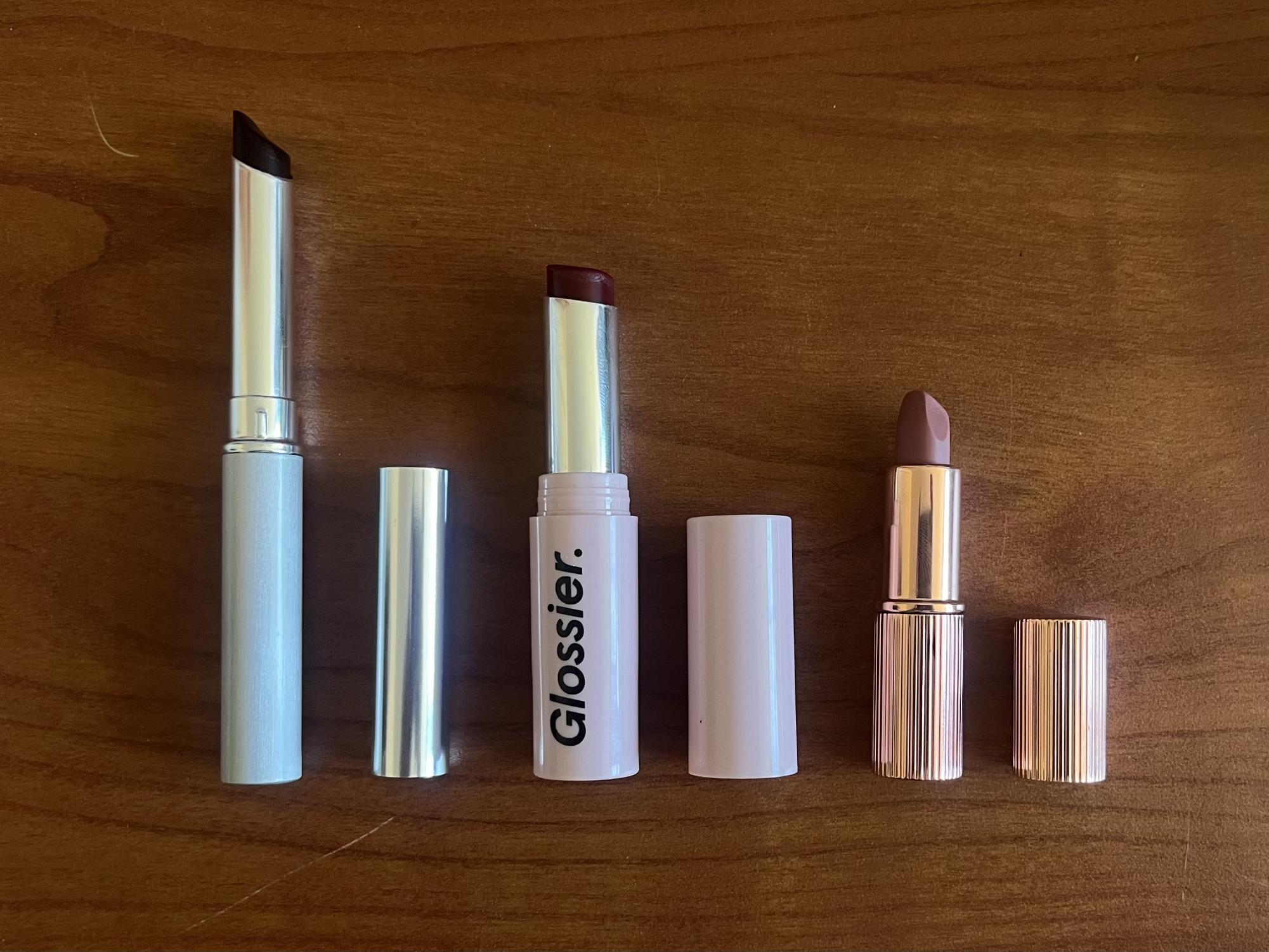
This age-old question is still a mystery among the population: “What looks best, silver or gold?”
What many people may not know about these jewelry debates is that scientifically, individuals do look better in some metals and colors compared to others. From makeup shades to everyday outfits, there is a way to find the palette that compliments you.
For the general population, our skin employs three tones — cool, warm and neutral. Often confused with having fair or darker complexions, or your skin’s overtone, skin tone is more about the undertones within our skin that reflect the colors we wear.
Basing the colors we wear on these tones is the easiest way to find the most natural and flattering accessories, outfits and makeup.
Warm
How can you tell if you have a warm skin tone? The first step is through the veins on your wrist. When in natural light, if your veins look more green than blue, you have a warmer complexion. Gold jewelry is your go-to and will accentuate the glow and warmth of your skin.
Olive skin or a golden and greenish undertone is the textbook definition for having a warmer complexion. Along with darker shades of brown or blonde hair, these complexions are most flattered by warm and bright colors, such as oranges and yellows. Even earthy shades, such as browns and deep reds, will bring out your warm undertone.
This relates to makeup as well, with coppery eyeshadow and a brick red being the most flattering on a warm toned face. As the name indicates, combinations and variations of warm colors make one think of warm things such as heat and sunlight; therefore, by utilizing this portion of the color wheel, wearers will be accentuating their natural features in simple ways.
Cool
In the case of cool skin tones, there will be more of a bluish and purple-like tinge to your veins, indicating that you may have cool undertones. A typical cool-toned hair color will range from a dark black or deep brown to a light blonde, and skin tones range from very fair to dark.
The best trick for this undertone would be to match the color of your veins with similar cooler hues such as blues and purples, whether this be clothing or makeup. However, choosing too strong a color can overpower your tone and make you seem paler. This is why more electric colors may overpower a person’s natural features rather than highlighting them; in this case, pastels are preferred.
For makeup, opt for blue or purple undertones in lipstick, blush shades or eyeshadow — such as a cherry red or berry. Instead of a more orange-red tone, which may wash you out, bluish–reds will best compliment your skin.
In the realm of jewelry, cooler tones tend to lean more towards silver or rose gold jewelry. Less stark than gold, silver jewelry will compliment the wearer without standing out too much. Typified by blues, greens and purples, cool colors can brighten your complexion and embellish physical characteristics in a flattering way.
Neutral
Neutral tones produce yellowish veins and can be hard to distinguish between being more green or blue. Neutral tones are rare, and the lucky people who have them are the ones who can use a combination of both warm and cool shades.
Neutral undertones offer more flexibility, and people can often pull off silver or gold jewelry, as well as bright or pastel colors. It is possible to be a warm neutral or a cool neutral, since some skin tones may lean more towards one complexion rather than the other.
When it comes to makeup, there are endless possibilities for neutral tones. Aside from the obvious — a nude makeup look — people with this undertone have a more versatile color palette to work with. Confused on where to start? Sephora, along with other makeup sites, offer product suggestions for neutral undertones to choose from.
With discovering undertones, it takes experimentation to find what looks best on you. Keep in mind that these are suggestions and not strict rules! Wear whatever makes you feel most confident and comfortable, even if it may not follow the skin tone theory.








